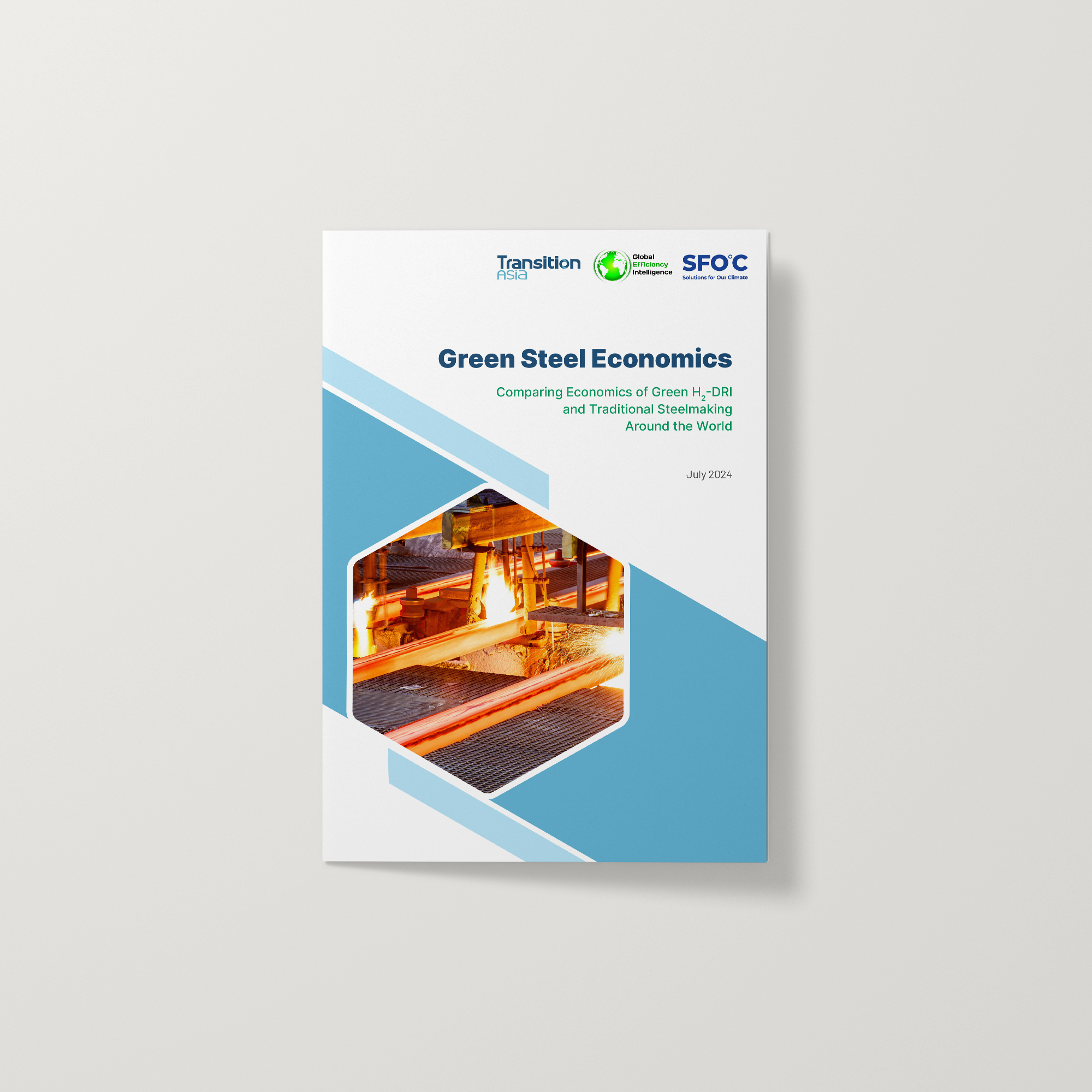
About
In March 2024, Solutions for Our Climate published an issue brief titled “Why Investors Care?”, which analyzed the decline in foreign investment in POSCO Holdings and assessed the company’s climate and financial risks. This report further examines how POSCO Holdings is evaluated in the stock market, the company’s efforts to improve its ESG risk profile, and ESG assessments by global institutional investors and major rating agencies. It also analyzes key climate-related risks that POSCO Holdings and POSCO International are facing, and proposes recommendations to address them.
Executive summary
At a town hall meeting in July 2024, POSCO Holdings shared his ambitious vision to achieve a market capitalization of KRW 200 trillion. To convince investors to join this vision with confidence, the vision must be underpinned by robust sustainability
Transitioning Production Strategy to Eliminate Risks of Coal-Based Blast Furnaces and Strengthen Competitiveness
As regulations tighten to combat extreme weather and climate crises unfolding across the world, there is a heightened risk of coal-based blast furnaces becoming stranded assets. Investing hundreds of billions of won in relining works to extend the lifespan of these blast furnaces further escalates these risks.
As the steel industry enters a state of overcapacity, production facility rationalization is critical to strengthening competitiveness and improving profitability. The Japanese steel industry, having faced declining profitability earlier than Korea, successfully restored profitability by improving production efficiency. Without preemptive measures, POSCO’s profitability will remain vulnerable to external factors such as raw material prices and selling prices. It is also essential to develop production facility plans in response to emissions-based trade regulations. In parallel, the company must present a technology pathway to securing green raw materials to manage raw material risks.
POSCO’s Decarbonization Strategy and Its Implementation Challenges
HyREX—technology that uses hydrogen to reduce low-grade iron ore—and ESF, which efficiently melts the reduced iron, are at the core of POSCO’s decarbonization strategy. However, steelmakers outside Korea remain hesitant to adopt these technologies, as even FINEX—foundational technology for HyREX—has yet to be adopted overseas. POSCO must propose viable solutions to these challenges. In parallel, the company must facilitate public discussions to engage the government and communities in achieving sustainable steelmaking and maintaining employment stability.
Interim Low-Carbon Steel Strategy Before HyREX
As it will take time before HyREX is commercialized, it is essential to develop strategies for supplying low-carbon steel in the interim. Instead of simply offering low-carbon options, the company must lay out a concrete roadmap outlining how it plans to reduce emissions before HyREX is commercialized—particularly specifying the technologies it will use to produce high-quality steel along with projected output volume and expected emissions reductions.
Samcheok Blue Power: Exiting Coal through Transition Finance
Financial and environmental risks surrounding coal-based power projects combined with transmission constraints are turning stranded asset risks into reality. It is essential to work with stakeholders, including the government and financial investors, to evaluate the costs and benefits of continuing or discontinuing such projects. In case of project termination, a clear strategy for asset retirement must be developed. In parallel, the company must pursue transition finance initiatives, focusing on using renewable energy for power supply.












![[Brief] South Korea’s international public finance continues to block a just energy transition](https://content.sfoc.tapahalab.com/images/research/RC5Kime.jpg)



![[Report] The Inconsistent 'Coal-Free Pledge' of Korea's National Pension Service](https://content.sfoc.tapahalab.com/images/research/VcDPdme.jpg)

![[CREA-SFOC] Unveiling the Truth Behind Blast Furnace Pollution_South Korea](https://content.sfoc.tapahalab.com/images/research/C4Xvdme.jpg)




![[Issue Brief] Assessment of Climate Change Policies of Major South Korean Financial Institutions](https://content.sfoc.tapahalab.com/images/research/a4ondme.jpg)


![[토론회] 한국형 녹색분류체계(K-Taxonomy), 무엇이 녹색경제활동인가](https://content.sfoc.tapahalab.com/images/research/bn8jdme.jpg)
![[이슈 브리프] 탈석탄 투자 가이드라인](https://content.sfoc.tapahalab.com/images/research/tJRidme.jpg)
![[이슈 브리프] 신설 석탄발전소 가치평가 결과와 시사점](https://content.sfoc.tapahalab.com/images/research/nQCGime.jpg)

